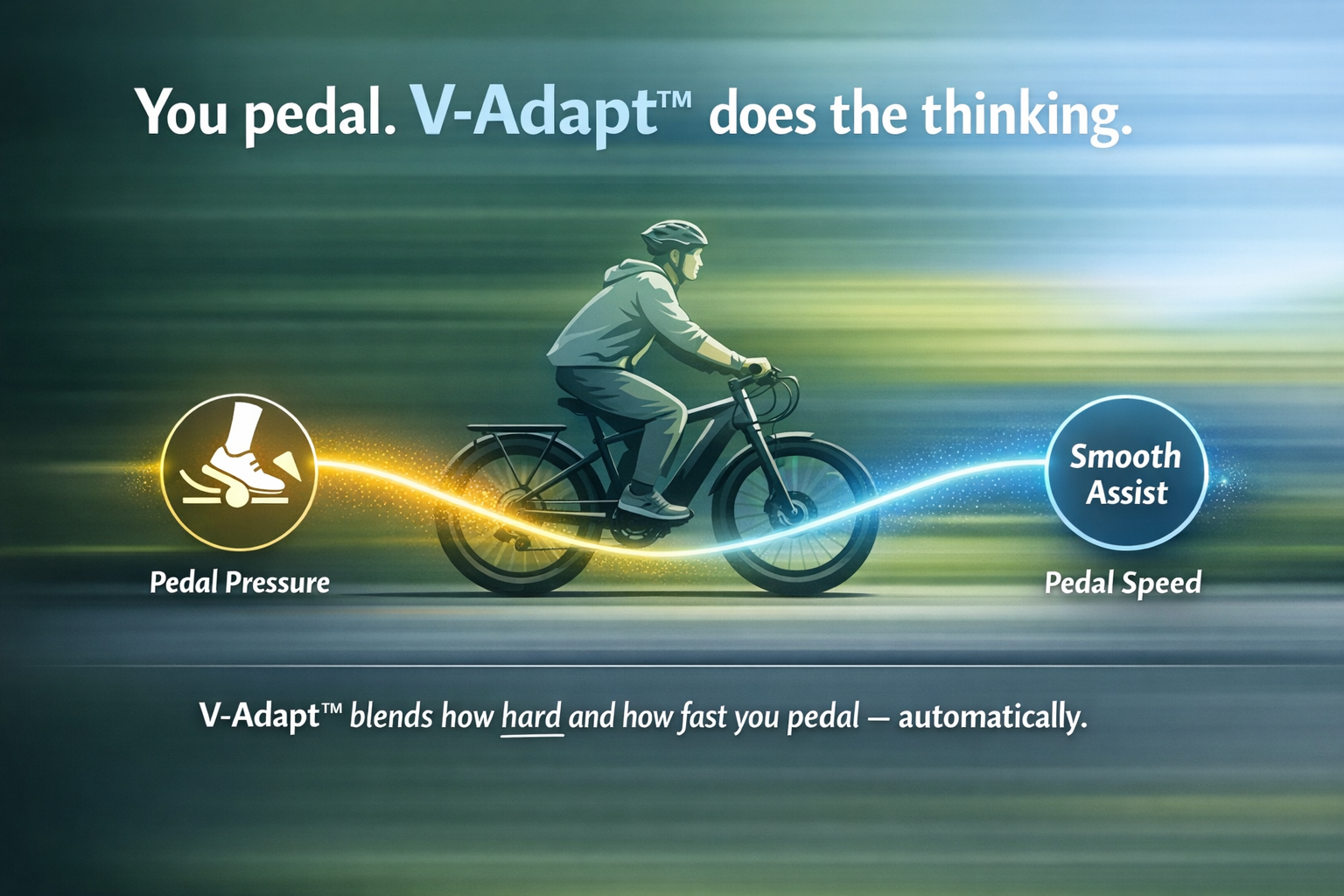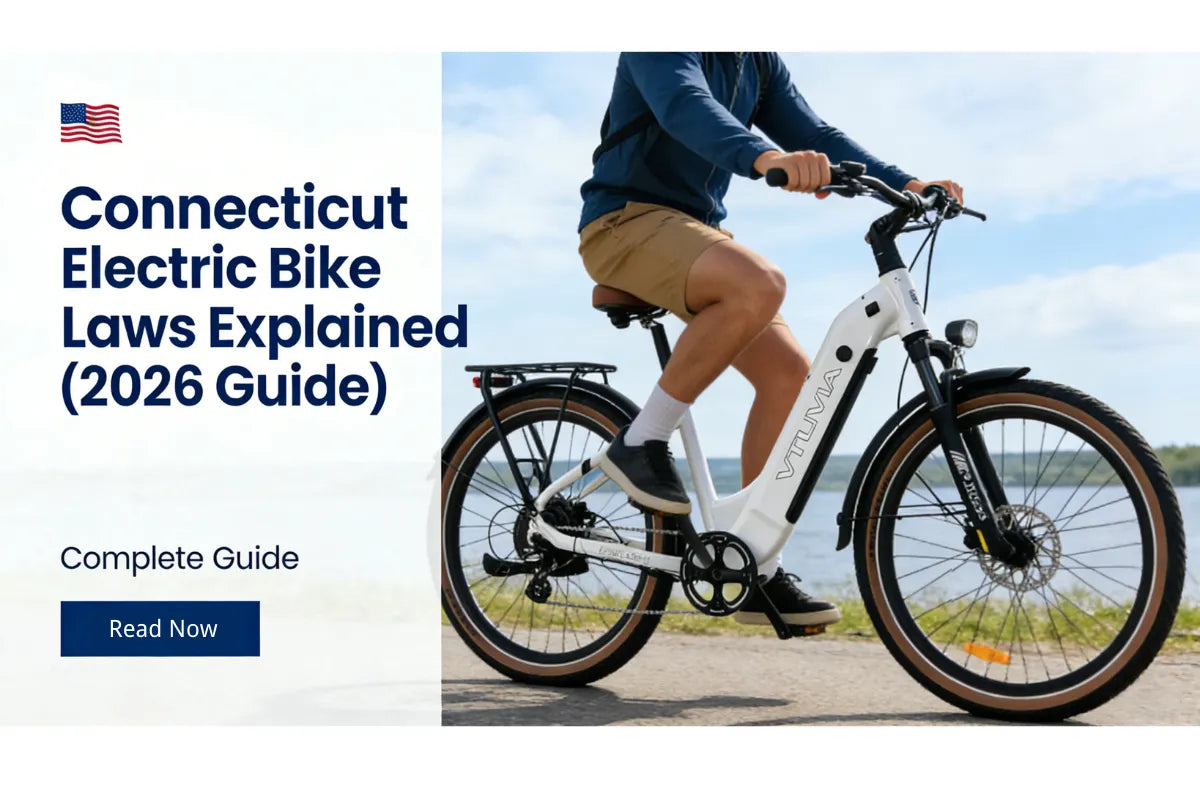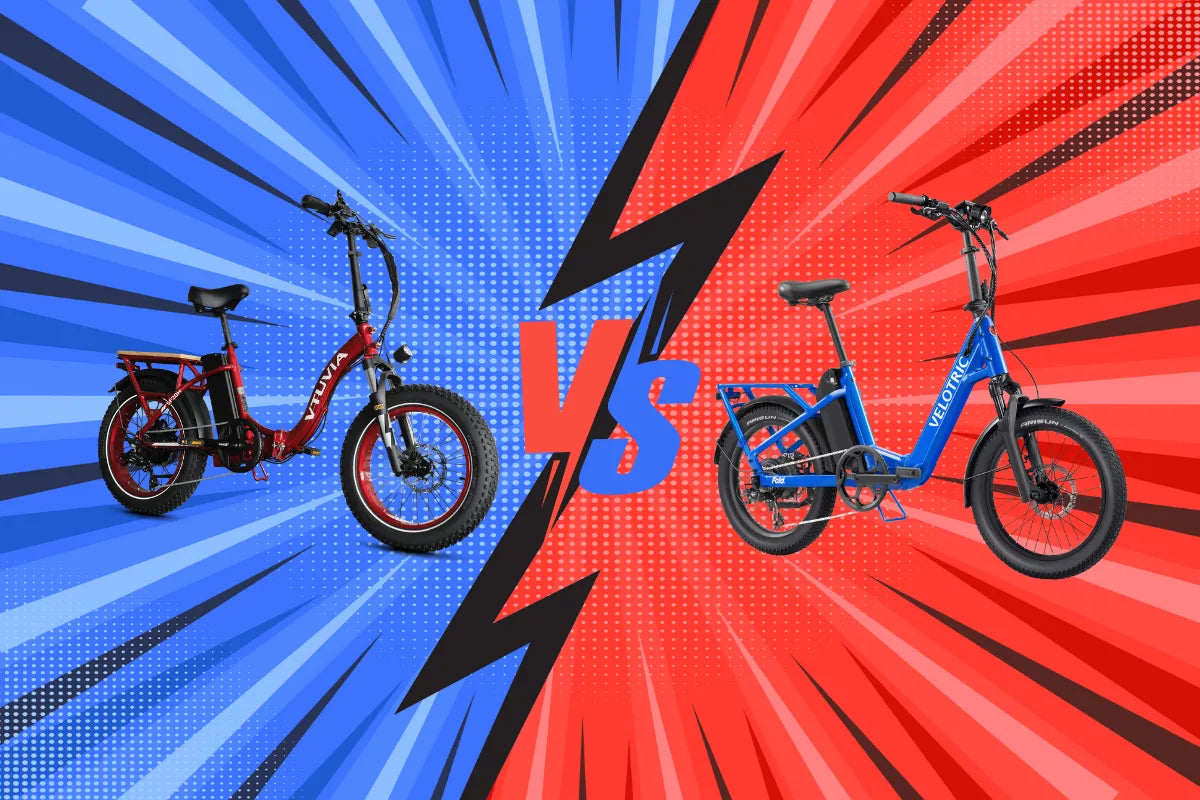
California has been a leader in the adoption of electric bicycles (e-bikes), encouraging a shift from cars to more compact and efficient transportation alternatives. However, the surge in e-bike popularity has also led to the rise of high-performance models, many of which breach established e-bike laws by operating on public roads and bike lanes, causing dissatisfaction among local residents. A new law, effective in the first week of 2025, aims to further clarify which e-bikes are roadworthy and which are in violation of regulations. This legislation addresses the growing concern surrounding high-performance e-bikes that, while using traditional e-bike components, can reach speeds and power levels similar to lightweight motorcycles or mopeds.
What are key points of the new California Law?
California's new regulations, effective from January 1, 2025, outline the precise conditions under which e-bikes are considered compliant with state laws. The law, signed as SB 1271 in 2024, addresses issues around safety standards, certification, and the classification of high-performance e-bikes, with a focus on speed and power limits.
1. E-Bikes with Speed or Power Beyond Legal Limits
The new law stipulates that any e-bike designed to exceed 20 mph (32 km/h) on electric power alone, or any e-bike with a motor that exceeds 750 watts, is no longer classified as an e-bike. This includes bikes designed to be easily modified or those that are already modified to reach these limits, either through software changes or mechanical upgrades. This change ensures that e-bikes with capabilities similar to motorcycles are not confused with traditional bicycles.
2. Modified E-Bikes
Even e-bikes that were originally designed to meet legal limits but have been modified to exceed the power or speed thresholds will be excluded from the legal definition of an e-bike. This could include bikes with upgraded motors, controllers, or other components that increase their power or speed, potentially transforming them into vehicles more akin to mopeds.

3. E-Bikes without Pedals
The new regulations emphasize that to qualify as an e-bike, the vehicle must have functional pedals. This explicitly excludes e-bikes that either never had pedals or have had their pedals removed. E-bikes that were originally designed with pedals but later had them removed will also fall outside the legal e-bike classification.
The Impact of These Changes
The new law has far-reaching implications for high-performance e-bike riders. While e-bikes exceeding these power or speed limits will still be allowed to operate in certain areas, such as private property or off-road environments, they cannot be legally ridden on public roads or bike lanes unless properly registered as mopeds or motorcycles.
E-bike riders will need to be aware that their bikes may not be classified as "e-bikes" under California law if their performance exceeds the established limits. These high-performance bikes will require special licensing, registration, and possibly insurance, in line with the requirements for mopeds or motorcycles.
Why Are These Laws Being Implemented?
The surge in high-speed, high-power e-bikes that exceed the traditional e-bike classification has raised safety concerns. Many e-bikes can now reach speeds of 28 mph (45 km/h) on throttle power alone, which can be dangerous in environments designed for traditional bicycles. These changes aim to ensure that vehicles capable of reaching such speeds are subject to the appropriate regulations, ensuring both rider safety and fairness on public roads.
What This Means for Consumers?
For consumers, the new regulations mean that some high-performance e-bikes will no longer be classified as traditional e-bikes. Riders considering purchasing a high-speed or high-power e-bike should check whether the model they are interested in is compliant with the new laws. While these e-bikes may still be sold and used on private land, they will need to be registered and insured if they are to be used on public roads.
Key Takeaways:
- High-performance e-bikes: If an e-bike’s speed exceeds 20 mph or its motor exceeds 750 watts, it is no longer legally considered an e-bike, especially if it can reach these limits with throttle-only power.
- Modified e-bikes: E-bikes that have been modified to exceed legal limits are also excluded from the e-bike classification.
- Pedal requirements: E-bikes must have functional pedals to be classified as an e-bike. Removing pedals makes the vehicle fall outside the e-bike category.
- Legal use: High-performance e-bikes that exceed the new limits may still be used in private settings or off-road environments, but will need to be registered as mopeds or motorcycles for legal road use.
Conclusion
The 2025 law marks a significant shift in the way high-performance e-bikes are treated in California. It establishes clearer boundaries between e-bikes and mopeds, providing more certainty for consumers and authorities alike. As a leading e-bike manufacturer, we encourage riders to stay informed about these regulations and ensure that their e-bikes comply with local laws for safe and legal riding.
Learn more about the new regulations and how they affect your e-bike usage by visiting the full text of SB 1271 here.






Share:
2025 Best 1000W E-bike(Peak 1600W) Long Range Electric Bikes - VTUVIA Gemini
NYC's Congestion Pricing Starting January 5, 2025 - Best Time to Switch to an E-Bike